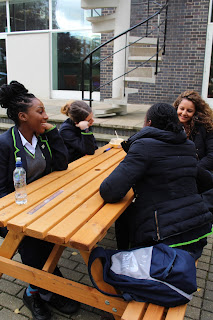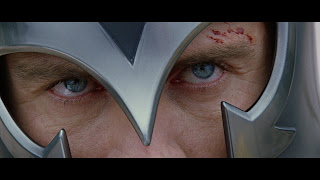 The Good, the Bad and the Ugly is a 1966 Italian Western film. we were all
asked to re-create a scene from the movie . The scene was a shoot out between
three guys (the good the bad and the ugly). our task was to use different
camera angles ( long shots,closeup,mid-shot ) to re create the scene.
The Good, the Bad and the Ugly is a 1966 Italian Western film. we were all
asked to re-create a scene from the movie . The scene was a shoot out between
three guys (the good the bad and the ugly). our task was to use different
camera angles ( long shots,closeup,mid-shot ) to re create the scene.
Camera angles
We've used ;
long shot
which shows a scene from a distance. A long shot is used to
show the environment or setting of a scene.
Over the Shoulder Shot
Over the Shoulder Shot framed from behind a person who is
looking at the subject.This shot helps to see the position of each person, and
see one person from the other's point of view.
Medium shot
Which is a shot that frames actors from the waist up.mid
shot shows some part of the subject in more detail. Its is used to show the
actors reaction . Ii is appropriate when the subject is speaking less emotion
or having a conversation.
Close-up
Is a shot taken close
up .The close-up focuses the actor's expressions. In Close-up shot certain
feature of the subject is zoomed and takes up most of the frame. Close up shot
is used to show more detail.for example in this picture the close-up shot
emphasizes her emotion and exaggerates her facial expression.The viewer is
drawn into the subject's personal space and shares their feelings.
Two Shot
is a shot of two people. Often used in interviews, or when
two presenters are hosting a show.


































